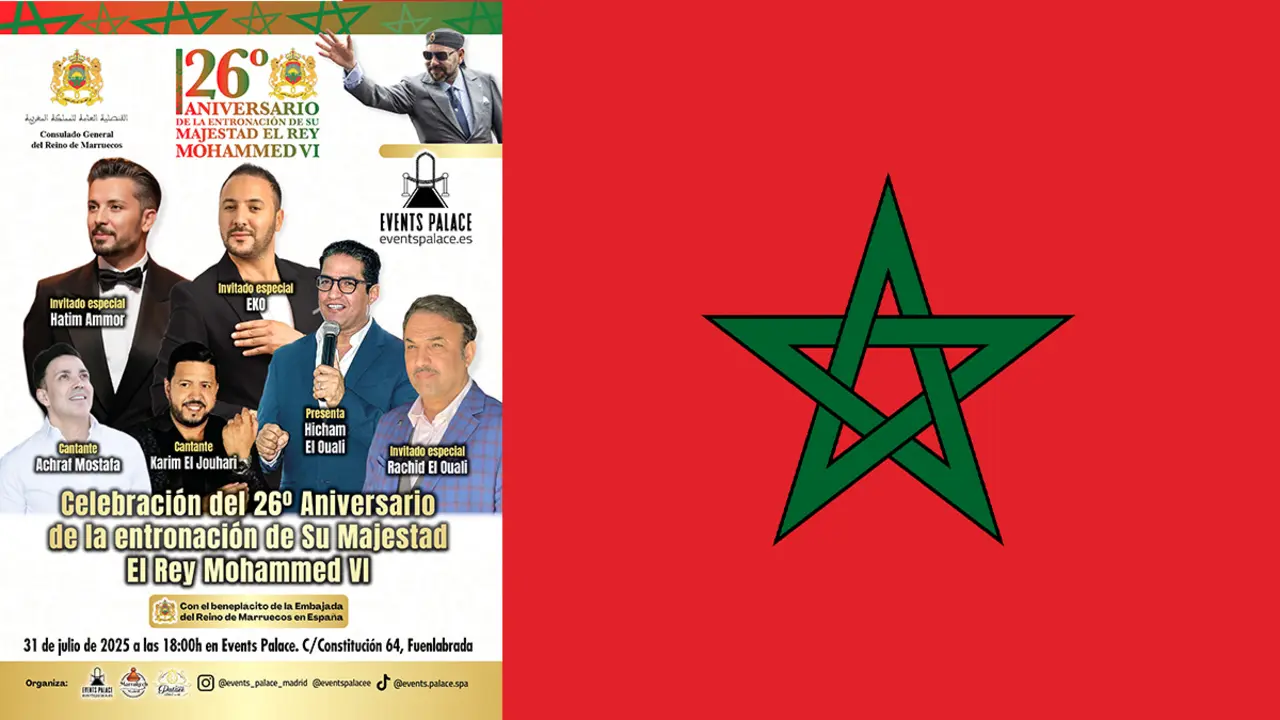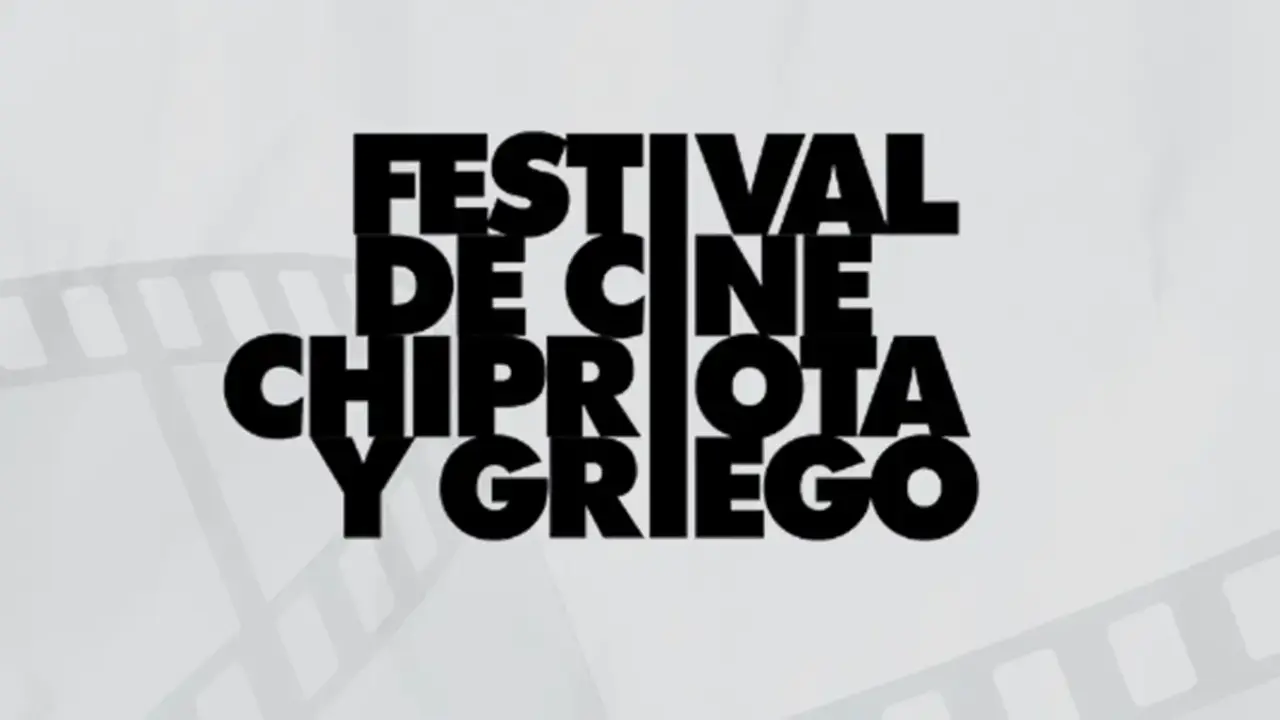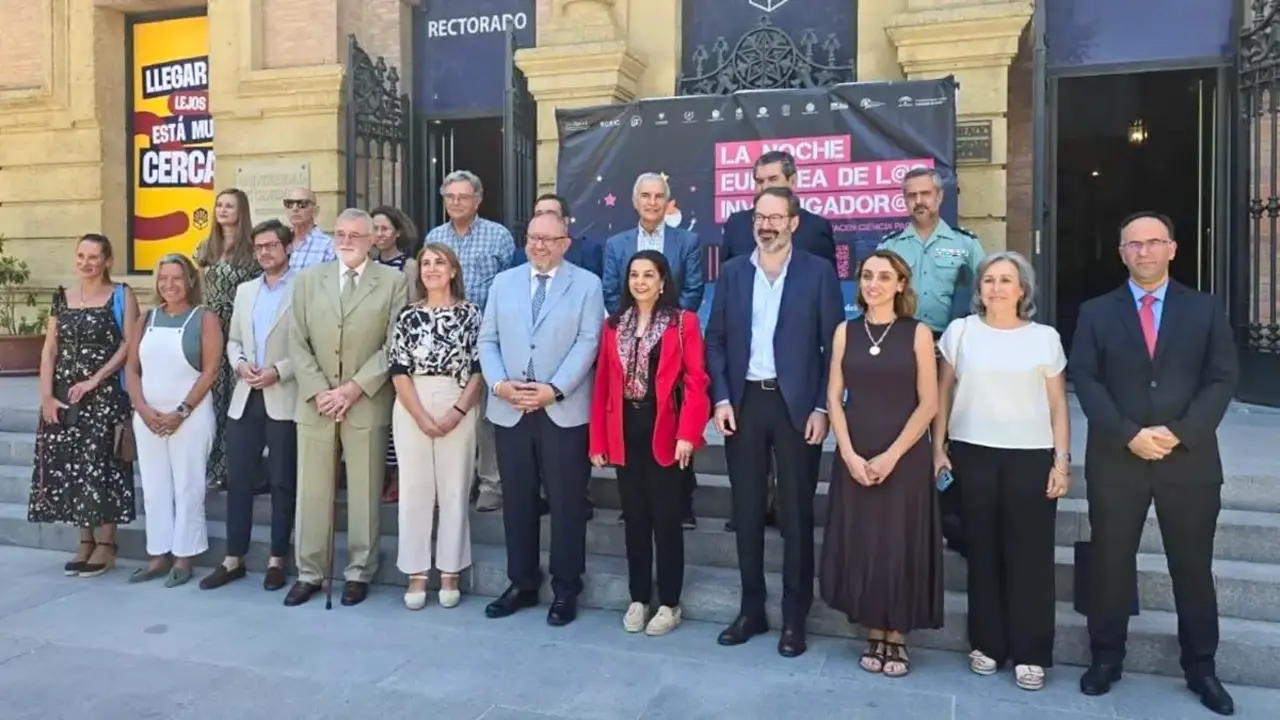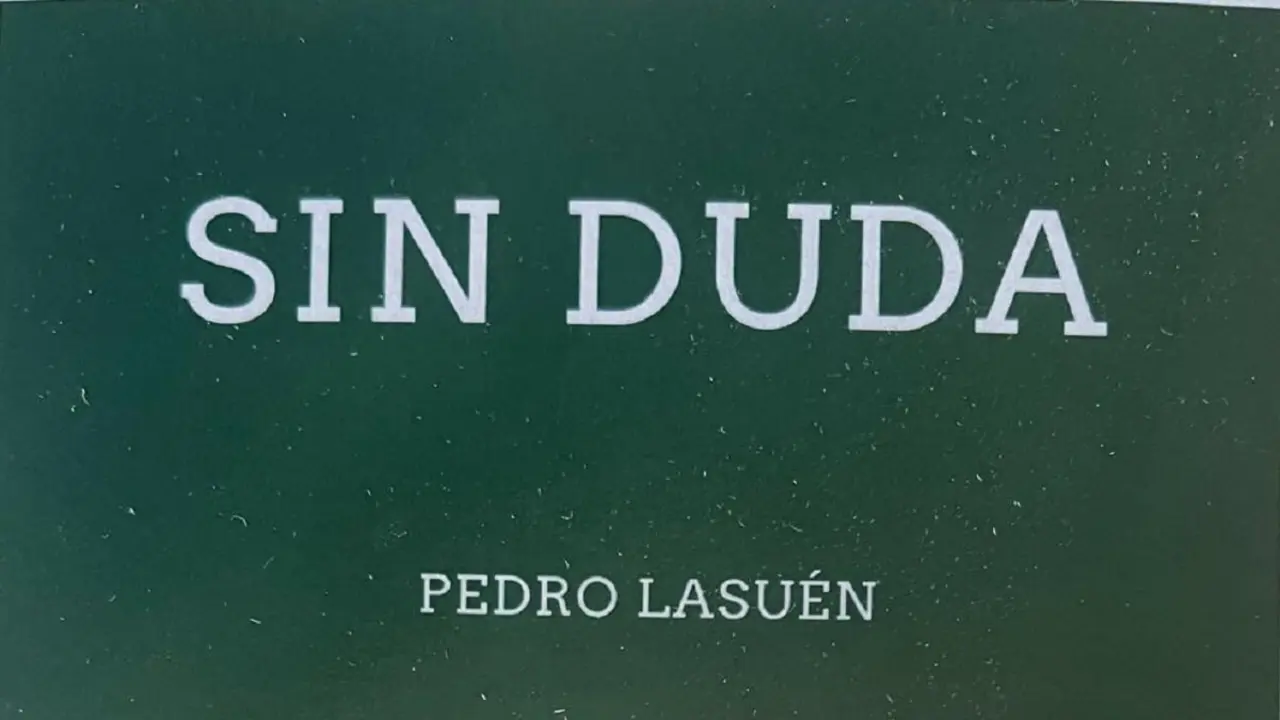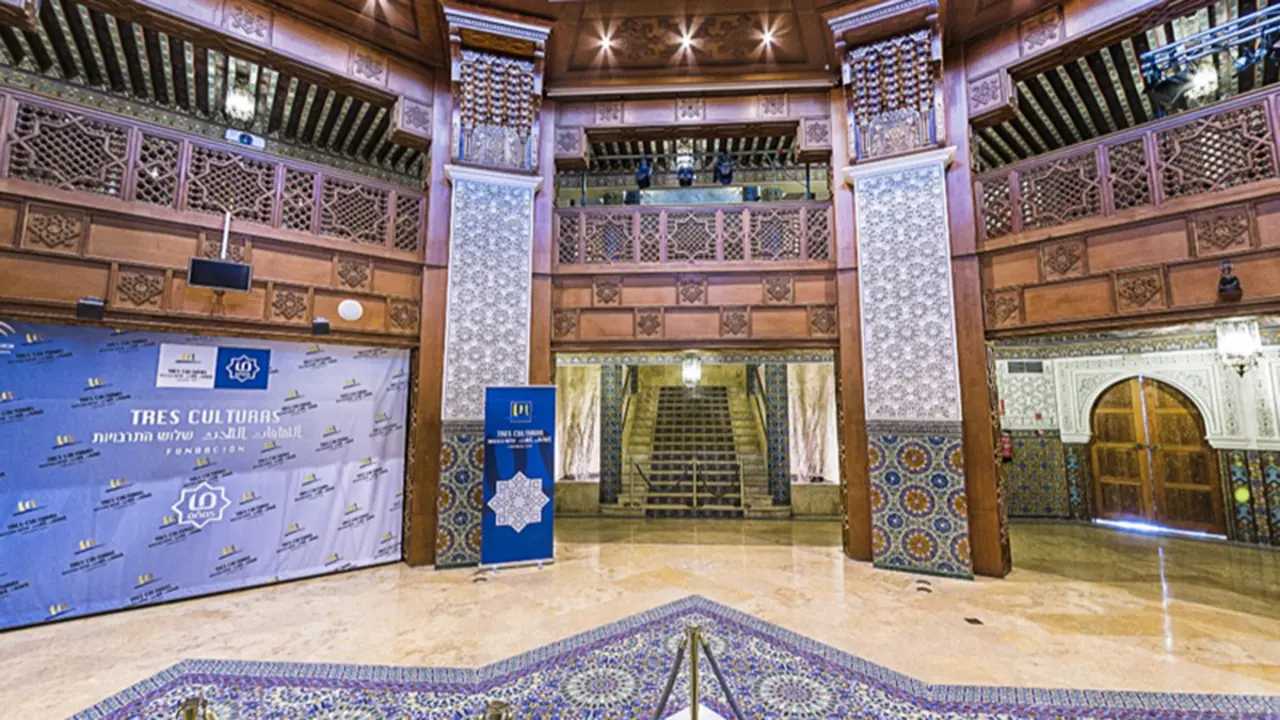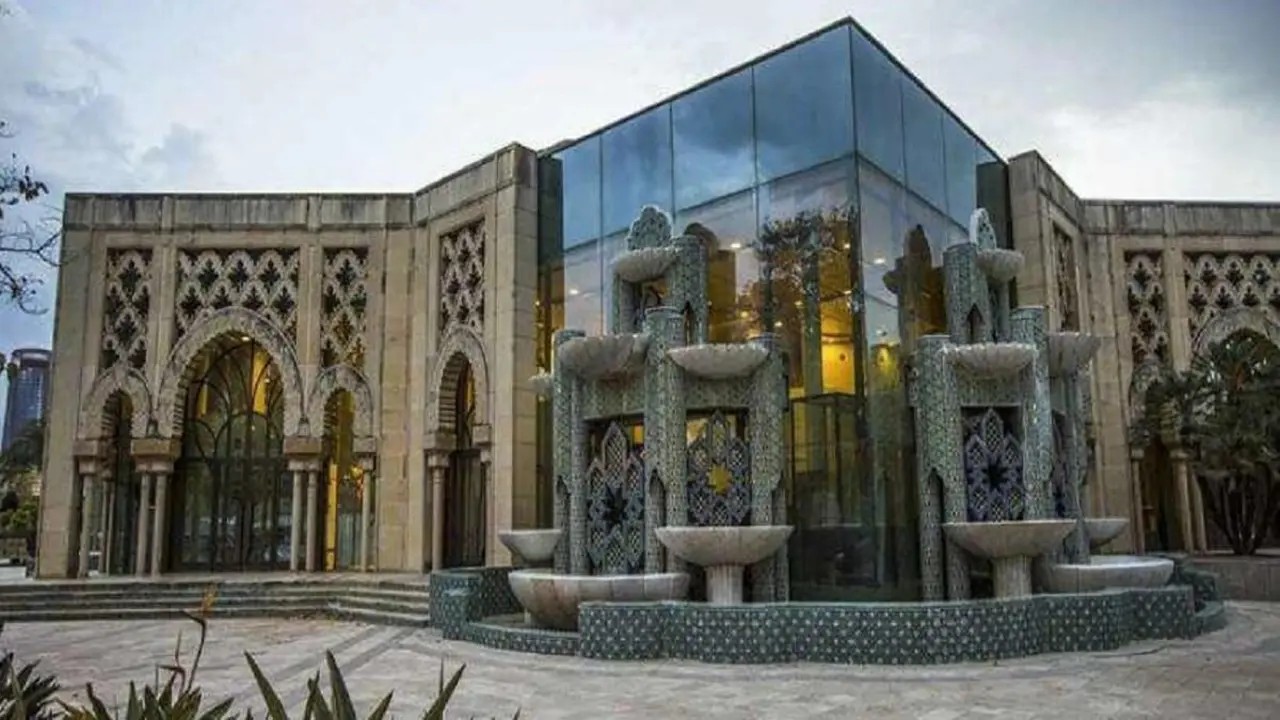From the meaning of landscape to the border between Mexico and the United States
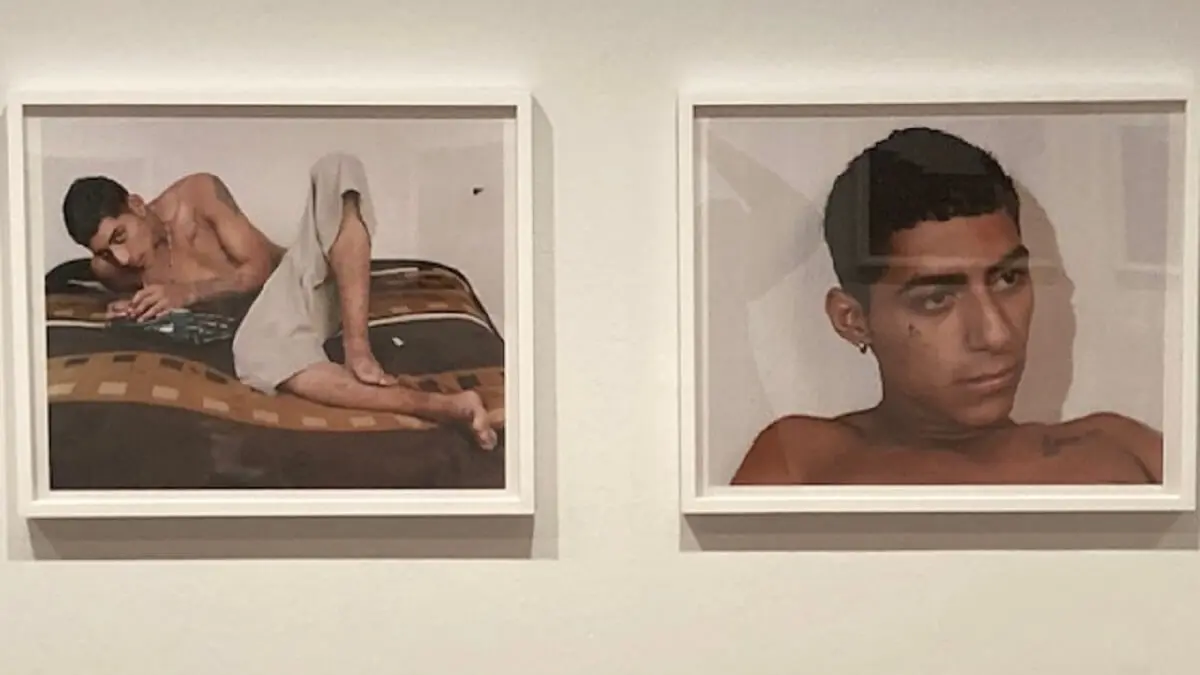
It certainly cannot be easy for a meticulous and painstaking artist and an energetic curator determined that nothing should escape her control to come together and see a joint project through to the end. But the truth is that the collaboration between the Granada-born artist José Guerrero (1979) and the curator Marta Gili has brought to the Fundación Mapfre an exhibition that can only be described as superb.
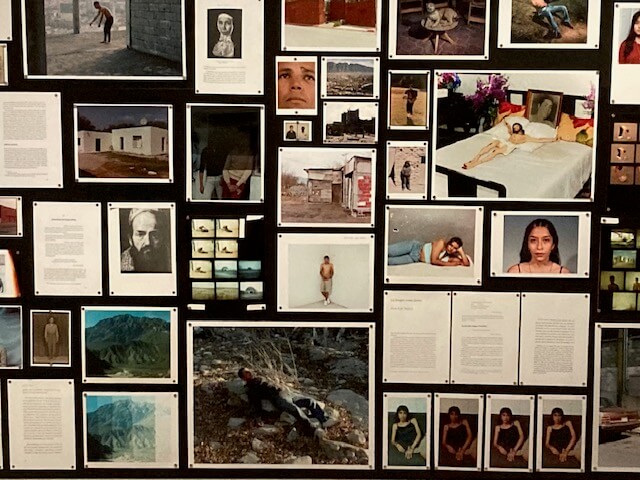
The artist himself, who for twenty years has been exploring the relationship between natural, architectural and archaeological landscapes and human activity and the passage of time, describes it as the best of his exhibitions to date.
In his work as a whole, this photographer conceives of landscape as an active and dynamic entity where the socio-political, the cultural and the collective imagination are intriguingly intertwined. For Guerrero, photographing a territory, a landscape or a place involves taking an interest in the relationships of proximity, the alterations and tensions that they contain, thus rejecting the modern conception of landscape as something merely natural and alien to us.
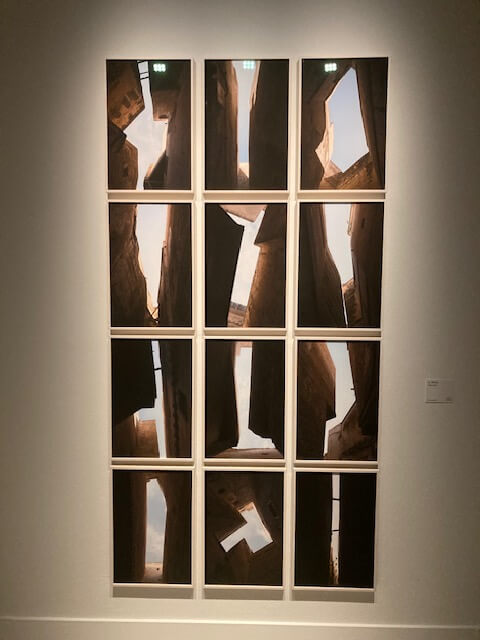
His artistic production is characterised by meticulous organisation into series, in which he uses marked horizons, the theatricality of the sky and clouds, and saturated colours. This approach invites the viewer to experience a sense of fascination and comfort with what seems familiar. And once this space of recognition has been created, the real challenge lies in unravelling the interactions between reality and fiction proposed by the author, aimed at provoking a renewal of the gaze, beyond simple contemplation.
The exhibition, consisting of 138 photographs and an audiovisual piece co-produced by the author with composer Antonio Blanco, unfolds various threads, from light to darkness and from the documentary to abstraction. The itinerary is divided into six sections: Horizons, Carrara, Rome 3 Variazioni, Brechas, BRG and GFK, including an additional work created by the artist in the streets of the medina of Fez, the old imperial capital of Morocco.
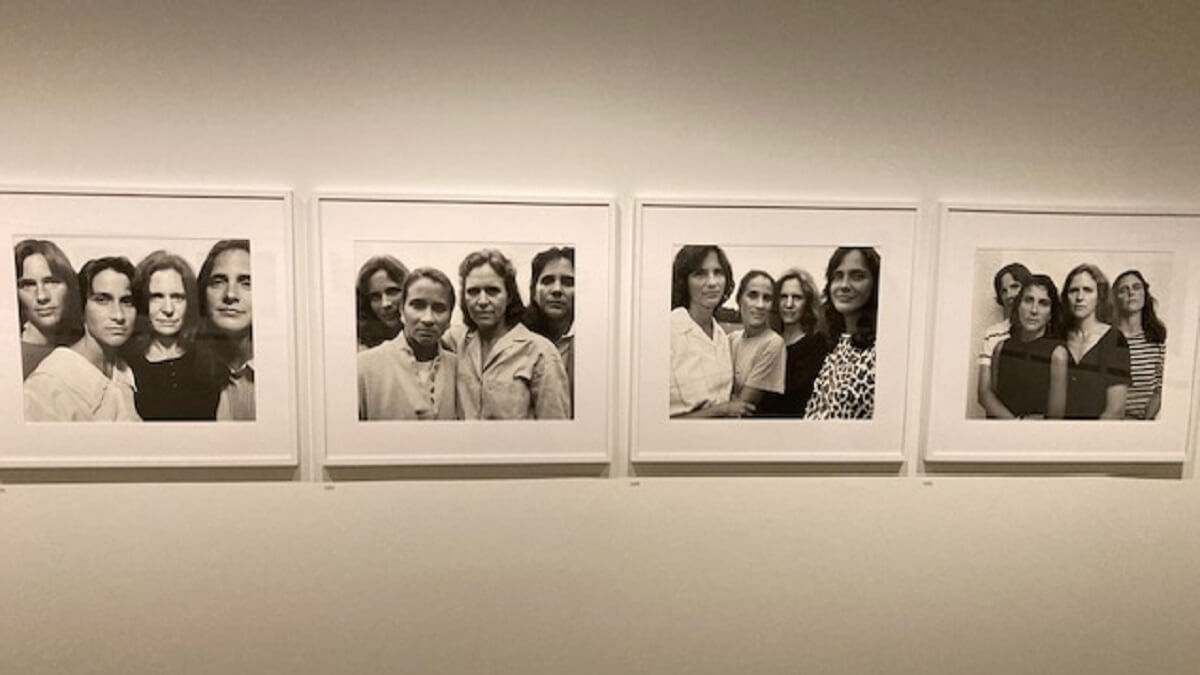
The border, according to Romero Beltrán
Colombian artist Felipe Romero Beltrán (Bogotá, 1992) is also an explorer of landscapes, but in his case with human beings, with their lives, dramas and tragedies coming to the fore. The territories on which he has focused his attention are those that have been or are the scene of tension, conflict and visual reflection.
Before turning his attention to the Rio Grande and its three thousand kilometres forming the border between Mexico and the United States, the Colombian artist had already commented on the Magdalena River, one of the most important rivers in his native Colombia, which witnessed the war that began in 1960 between the Revolutionary Armed Forces of Colombia (FARC) and the country's government. In his next work, Dialecto/Dialect, he depicted the situation of several Moroccan minors after crossing the Strait of Gibraltar.
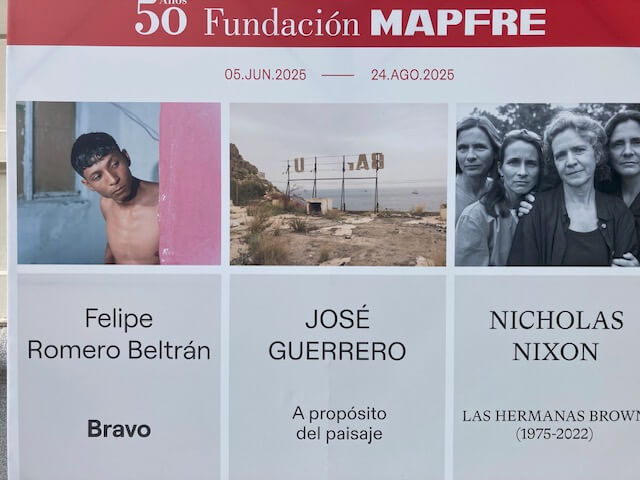
Bravo has won the second edition of the KBr Photo Award. Romero Beltrán places the viewer on the stretch of this river near the Mexican city of Monterrey, where both the river and the flow of people arriving to cross it condition everything, shaping the identity of its people and their ways of life.
Curated by Victoria del Val, Bravo is conceived as a photographic essay of 52 photographs that approach this reality through a series of images of architecture, people and landscapes divided into sections entitled Cierres (Closures), Cuerpos (Bodies) and Brechas (Breaches).

Portrait of time
The third artist featured in this triple exhibition at the Mapfre Foundation is the American Nicholas Nixon, who is showing the definitive series of The Brown Sisters.
Nicholas Nixon (Detroit, 1947) is a key figure in contemporary photography, recognised for a body of work that has focused primarily on portraiture.The Brown Sisters, a series completed in 2022, is one of his most important works, bringing together annual portraits taken since 1975 of his wife Beverly Brown, together with her three sisters, Heather, Mimi and Laurie, always in the same order, looking at the camera, in natural light and using a large-format camera.
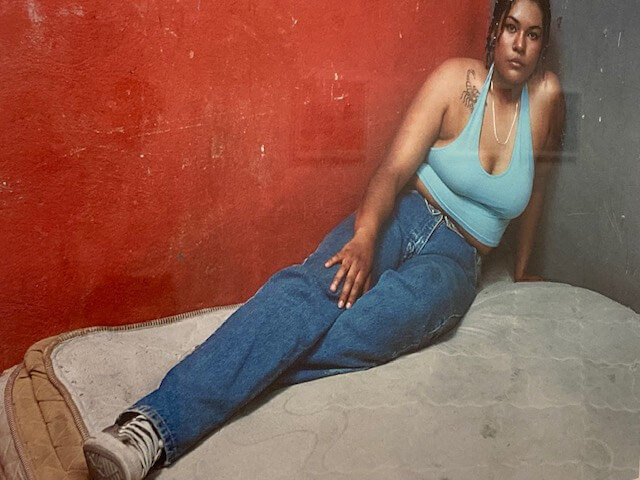
This series reveals in its repetition the pulse of time: ageing, emotional transformations and the permanence of family ties. Nixon thus constructs a constant structure and a visual narrative about intimacy and emotional bonds. It is an aesthetic experience that transcends the personal to offer us one of the most moving representations of the passage of time in the history of art.
The acquisition of this body of work by the Mapfre Foundation in 2007 marked the beginning of its photography collection. Now, these three exhibitions form part of the official section of the PHotoESPAÑA Festival.


